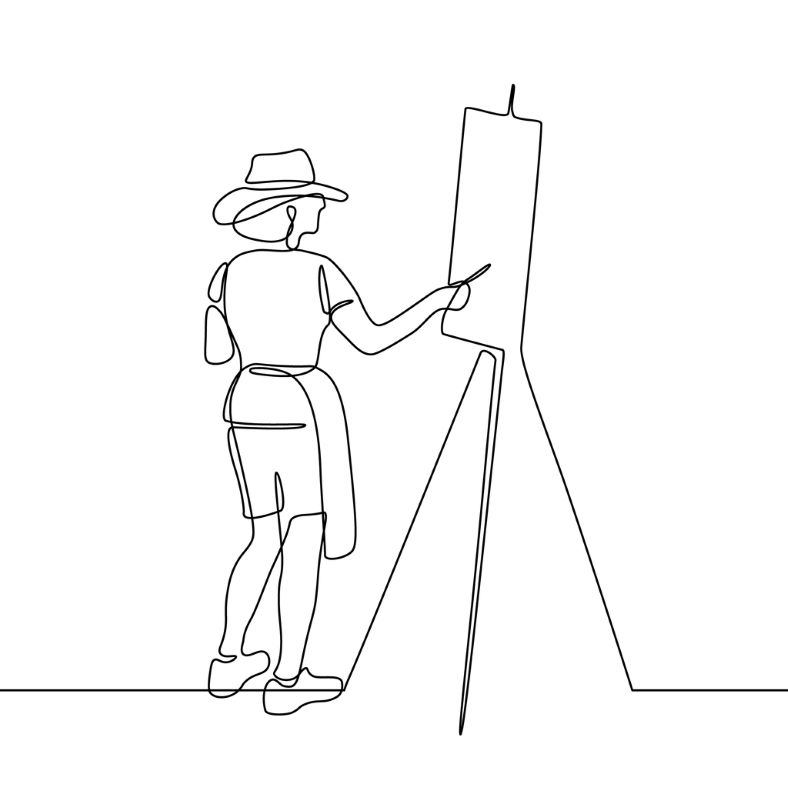Documentation without graphics is hard to understand, lacks appeal, and increases cognitive load. Here are a few basic principles for creating visuals that convey a clear message.
As technical writers, we need to ensure that all pieces of information and visuals in our documentation apply design principles to improve readability and enhance search engine optimization (SEO), and are accessible to people with visual impairments. By adopting some of the best practices below, you will enhance the appearance of your technical documentation and communicate a clear message to readers.
Why are graphics important?
Creating and implementing visual elements in your documentation is no longer just a matter of decoration – it is a necessity. Studies show that people remember only 10% of what they hear and only about 20% of what they read. Graphics make for a stark difference: People recall 80% of what they see.
Basic elements of a graphic
Graphics consist of font or typography, colors, shapes, and lines. All these elements can dramatically impact the overall look of your ...
Read more after login
tekom members can log in directly with their "My tekom" access data.
You are not yet a tekom member, but would like to read one or more articles in full? Then you have the opportunity to register on the internet portal of the technical journal 'tcworld' without obligation. Once you have registered, you can select any three specialist articles and view them in full for a period of two months. The selection will then be deleted and you can select three new articles for the next two months.
As a tekom member you benefit from the following advantages::
- Online access to all articles of the trade magazine 'tcworld magazine'
- Exclusive specialist articles from all areas of technical communication
- Regular new articles from over 300 authors
- The technical journal 'tcworld magazine' as a printed edition
- Reduced admission prices to tekom conferences
- Membership fees for tekom publications
- Access to 'my tekom', the web forum with job offers / job requests, appointments, expert advice, service provider file and much more
Login
Registration
Promised: The trade magazine 'tcworld magazine' is the best we have. And we don't make the choice easy for ourselves. Every month, the editorial staff of the technical journal 'tcworld magazine' publishes the latest articles by renowned authors. This demanding selection is available exclusively to members of tekom (as usual, including the printed edition).
The trade magazine 'tcworld magazine' stands for intelligently prepared specialist articles, texts written to the point, informative content, surprising insights, international perspectives and communicates technical communication in an understandable, fast, clear and uncomplicated way - exclusively for you.

